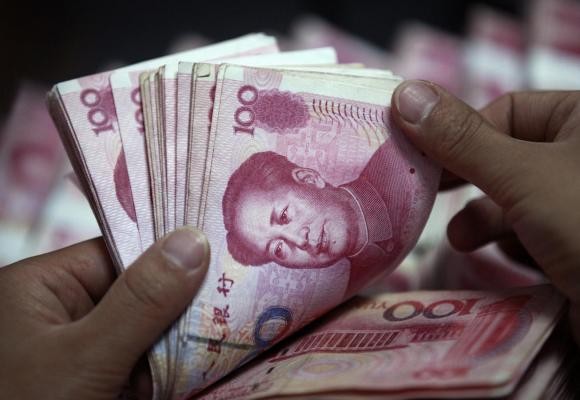According to World Bank projections, China could receive as much as $66 billion worth of remittances from Chinese nationals abroad. The figure is thrice the 2005 statistic, which tallied up to $23.62 billion.
Apart from the World Bank estimates, the forecast was also based from the International Monetary Fund balance of payments that was submitted by the Chinese government.
Remittances pertain to what immigrant workers sent to the countries where they came from. Traditionally, these are regarded as the workers' financial support to the members of their families.
In the recent years, the flow of remittances sent to China has increased along with the number of overseas Chinese workers. For experts, this was no surprise as the country is currently the world's fourth largest source of immigrants and world's most populous nation.
"Inflows (to China) increased sharply by 24 percent in 2008, followed by a dip by 13 percent in 2009. We expect to see an increase of remittance inflows to China by 3 percent to $66 billion in 2015, largely benefiting from continued U.S. economic recovery," World Bank-affiliated economist Dilip Ratha stated.
"Unlike other monetary flows, remittances are counter-cyclical--family members abroad are likely to be even more motivated to give in times of hardship, even if their own financial situation has deteriorated as well. In this way, remittances are a form of insurance, helping families and communities weather external shocks," Ratha explained in a 2013 report for the Migration Policy Institute.
True to what the economist stated, the spike in the 2008 remittances statistic of China could be linked with the May 12 event when an 8.0-magnitude earthquake hit the Wenchuan county in the Sichuan Province. From the 2007 figure of $38.89 billion, it jumped to $47.74 billion in the succeeding year.
Meanwhile, a 2012 United Nations document also showed that these inflows served as vital initial capital in the early stages of coastal area development in the country. This exemplifies the role of remittances as a catalyst of human as well as economic development, more than being a mode of financial aid.



























